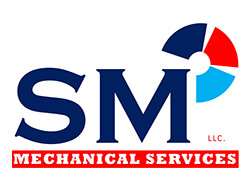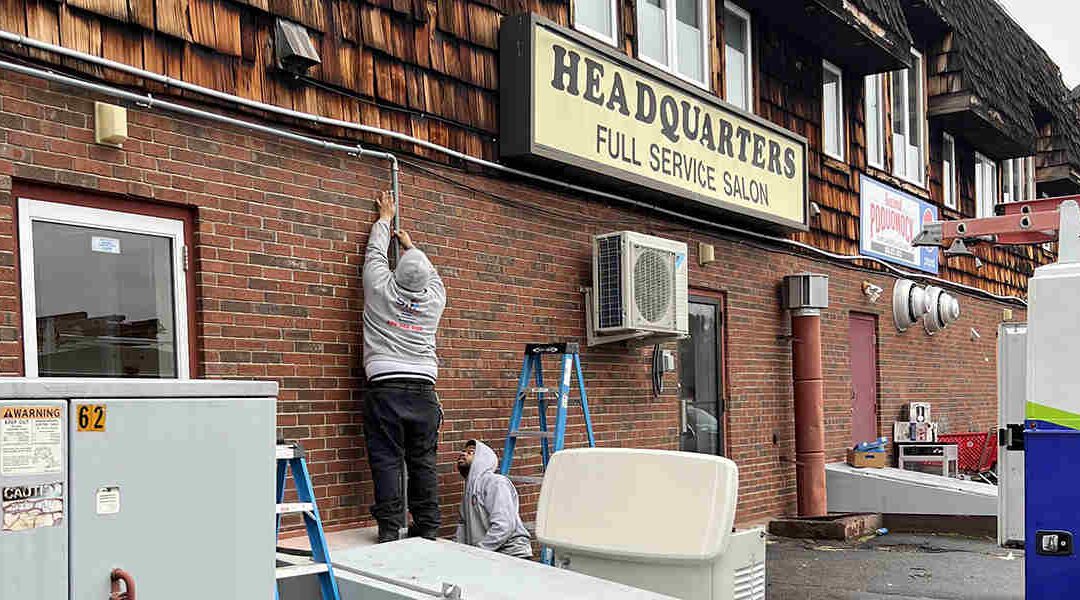Most people have different temperature preferences and like to set their homes to different climates. However, if you have a large family, keeping everyone happy and comfortable isn’t always easy, making arguments over the thermostat somewhat routine. That’s why many people wonder if they can add zones to their HVAC systems to keep everyone in their home content once extreme temperatures set in.
So, can you add zones to an existing HVAC system? To find out, SM Mechanical Services LLC created a brief guide explaining everything you need to know about adding zones to a heating and cooling system.
SM Mechanical Services LLC is Glastonbury, CT’s premier destination for top-quality HVAC services. If you need a skilled HVAC contractor in Glastonbury, CT, contact SM Mechanical Services.
What Is Zoning?
An HVAC zone refers to a specific area inside a property that your system heats and cools. When it comes to zoning, most heating and cooling systems fall into one of two categories:
- Single-zone HVAC systems
- Multi-zone HVAC systems
As the name suggests, a single-zone HVAC system only has one zone and heats and cools your entire home or business. Multi-zone HVAC systems have several zones and allow you to set specific temperatures for each zone.
Although single-zone systems work well for small properties and apartments with one or two residents, large, multiple-story homes with numerous occupants often benefit from multi-zone HVAC systems.
That said, many large Glastonbury properties feature a single-zone unit that leaves second-story and smaller rooms overly hot or cold. Many homeowners don’t want to deal with the hassle of replacing their single-zone units and would rather add zones to their existing systems.
Can You Add Zones to a Single-Zone HVAC System?
So, can you add zones to an existing HVAC system?
Although you can add zones to your single-zone HVAC system, it isn’t ideal unless you have a variable-speed system. A variable-speed system corresponds to the heating and cooling demands for each zone by controlling airflow, significantly reducing static pressure within the ductwork. They also require fewer parts to incorporate new zones into their makeup, making the installation process a bit easier.
Adding additional zones to a single-zone HVAC system without variable speed equipment can significantly reduce your unit’s efficiency while requiring the air handler to work much harder to maintain your desired temperature. It also creates more wear and tear, making it more prone to repairs while shortening its lifespan.
If you want to add zones to your air conditioner, it’s best to have a variable-speed system to avoid the adverse effects mentioned above.
How To Add Zones to a Variable Speed HVAC
To incorporate more zones into your HVAC system, you must install dampers within your ductwork. Dampers regulate airflow and allow just enough air to pass through a room to maintain your desired climate. They open and close according to the thermostat setting for each zone, allowing you to set different temperatures for different areas without affecting others.
The amount of dampers your home needs depends on how many zones you want to add to your HVAC. The more zones you want to add, the more dampers you need.
How To Add Zones to a Traditional Single-Zone HVAC
Again, incorporating more zones into a traditional single-zone HVAC can cause numerous issues that adversely affect your unit. That said, it’s still possible but isn’t recommended.
While you still need to install dampers inside your air ducts, traditional HVACs only function at 100% capacity and create immense static pressure inside the ductwork. To reduce the static pressure, you need to install a bypass duct to the return plenum. The bypass duct sends excess air to the return, reducing the static pressure while cooling the evaporator coil. Chilled evaporator coils reduce your HVAC’s efficiency, causing it to work harder and use more energy to meet your indoor temperature setting. However, after installing all the necessary parts, you’ll have multiple zones that give you more control over your home’s climate.
Again, it’s best to add zones to variable-speed HVAC systems instead of traditional units since it won’t negatively impact the system. Also, the installation process is a bit complicated, so always hire a licensed HVAC professional to handle it for you.
Benefits of Multi-Zone HVACs
Multi-zone HVACs provide several benefits that help you stay comfortable in extreme temperatures. Below are just some advantages of multi-zone HVAC systems.
Allows Individual Temperature Control
A multi-zone HVAC allows your family to set individual temperature settings for each zone. For example, you can keep an upstairs zone several degrees cooler than a downstairs zone without affecting the other. This makes it easier to please everyone in the house, eliminating arguments over the thermostat.
Decreased Energy Bills
Since multi-zone systems allow you to set individual temperatures for each zone, you won’t have to waste money heating or cooling unoccupied rooms, reducing your monthly energy bills. You can set temperatures for guest rooms, storage rooms, and other unused rooms much higher than frequently used spaces, allowing you to diminish your energy bills by up to 30%.
More Environmentally Friendly
Multi-zone HVAC units can significantly diminish your carbon footprint since they typically don’t use as much energy. Since your unit won’t have to work overtime cooling unoccupied rooms, it won’t release as much greenhouse gas into the atmosphere, making it much more environmentally friendly. These systems are perfect for environmentally conscious homeowners looking to reduce their greenhouse gas emissions without reducing their interior comfort.
Contact SM Mechanical Services LLC for First-Class HVAC Services in Glastonbury, CT
If you want to enhance your HVAC unit and wonder, “Can you add zones to an existing HVAC system?” contact SM Mechanical Services. Our team will evaluate your heating and cooling system to determine the best way to incorporate more zones without negatively impacting your system. Whether you need to install an HVAC zoning system on your property or want to know the average HVAC replacement cost, SM Mechanical Services has you covered.
Give SM Mechanical Services a call at 860-544-2026 and schedule an appointment in Glastonbury, CT, today.

